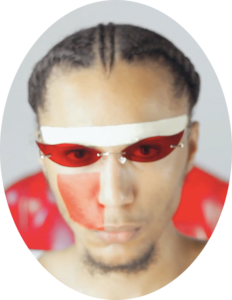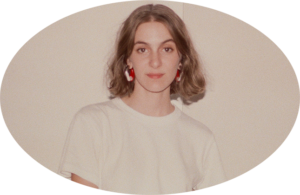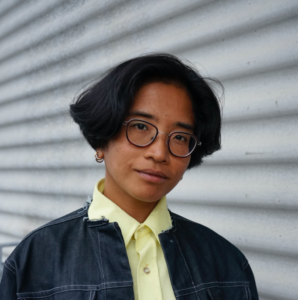‘Materializing the Invisible’ with Susan Giles
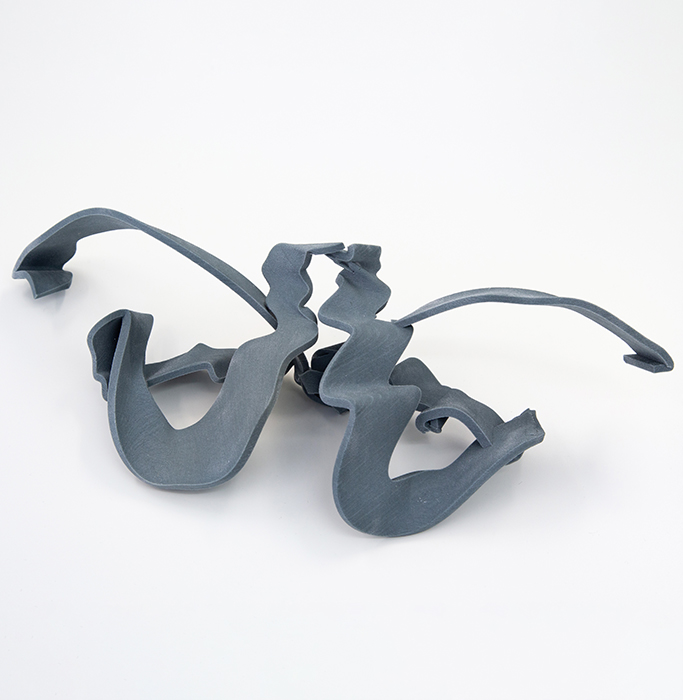
Le jeudi 15 juillet 2021
Chicago, États-Unis
Auteur: J Rah
Éditrice en chef: Tamy Emma Pepin
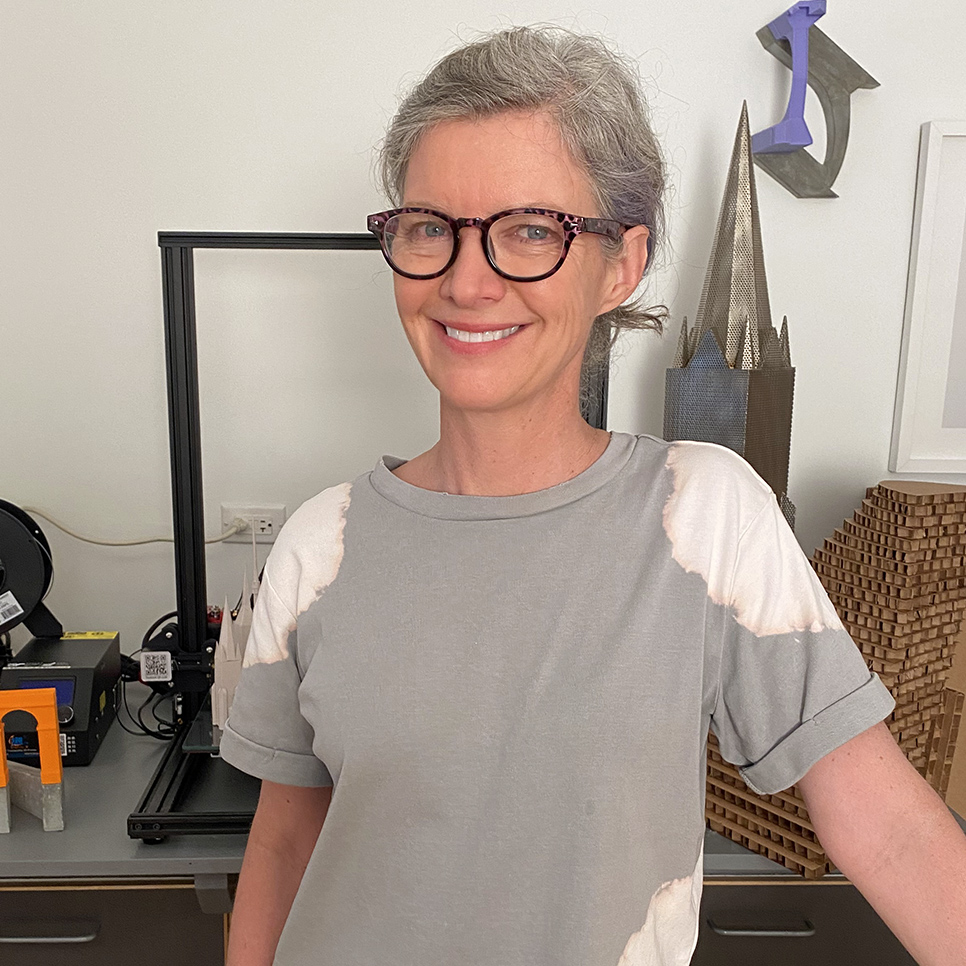
Around brunch time on a muggy summer day, Susan Giles, a Chicago-based artist, researcher and educator at the School of the Art Institute of Chicago, welcomed ORB into her home to discuss her gesture-based sculpture work.
Found Gestures (Chicago). Molly Dunson, Ethan Larbi, Ashley Lazaro and Emanuel Wiley speak about Folayemi Wilson’s Dark Matter: Celestial Objects as Messengers of Love in These Troubled Times at Hyde Park Art Center, March 31 – July 14, 2019. Art by Susan Giles and Sally Morfill. (2019, acrylic paint and adhesive vinyl, 35 x 60 inches).
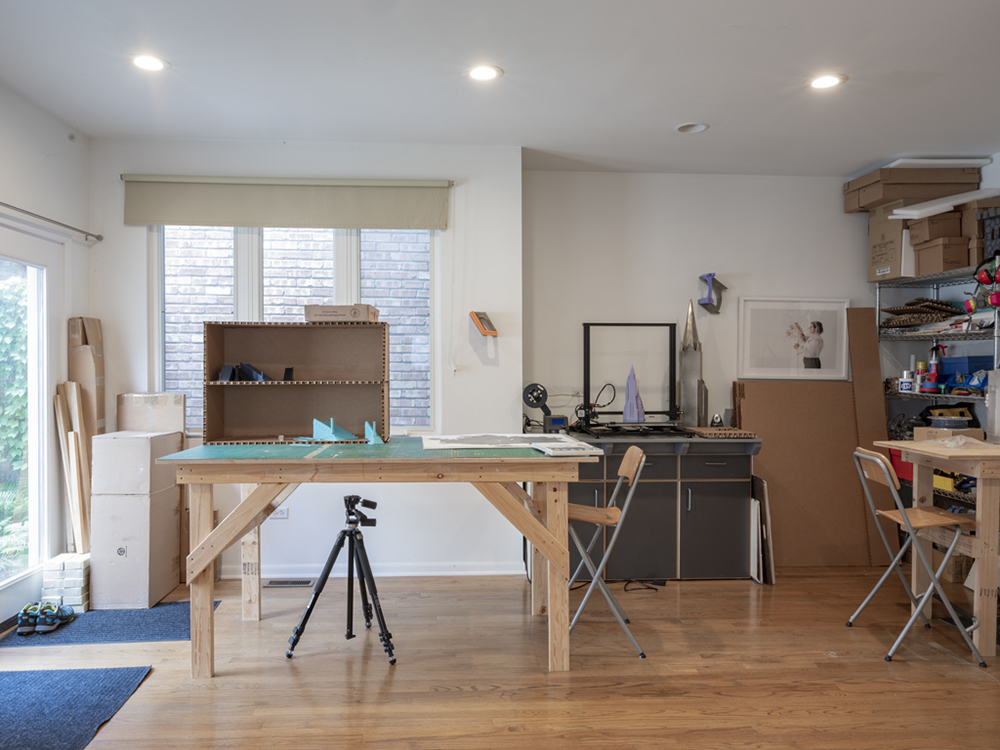
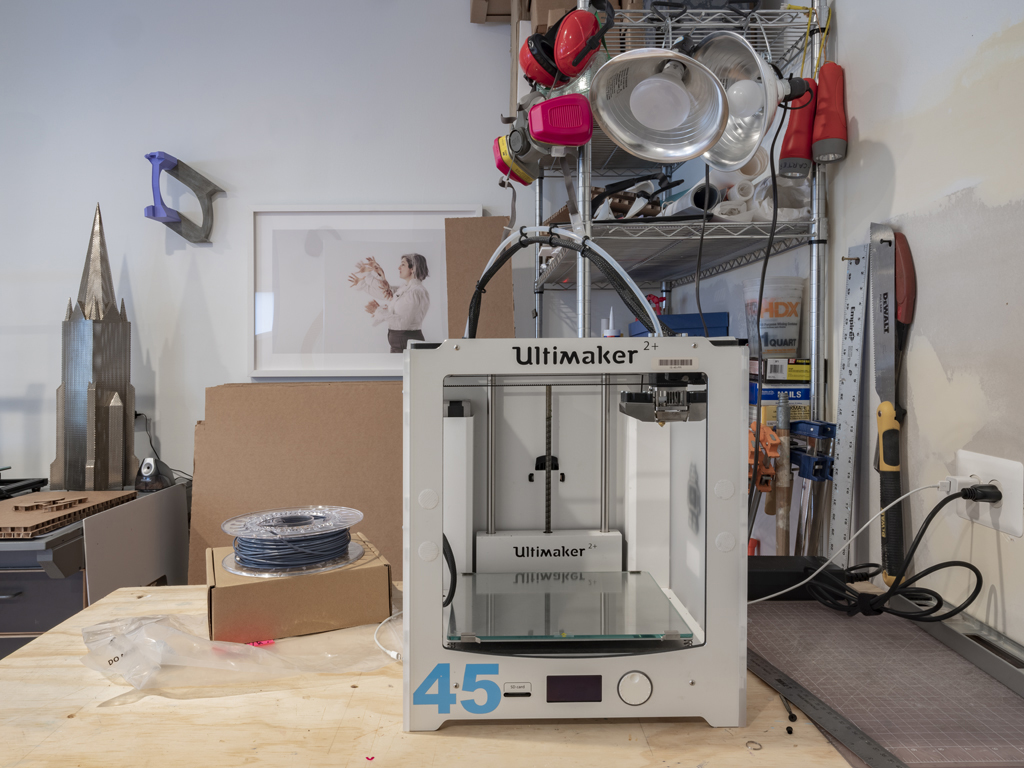
Found Gestures (2019). Art by Susan Giles and Sally Morfill. Acrylic paint on vinyl adhesive. Photo credit: Tran Tran
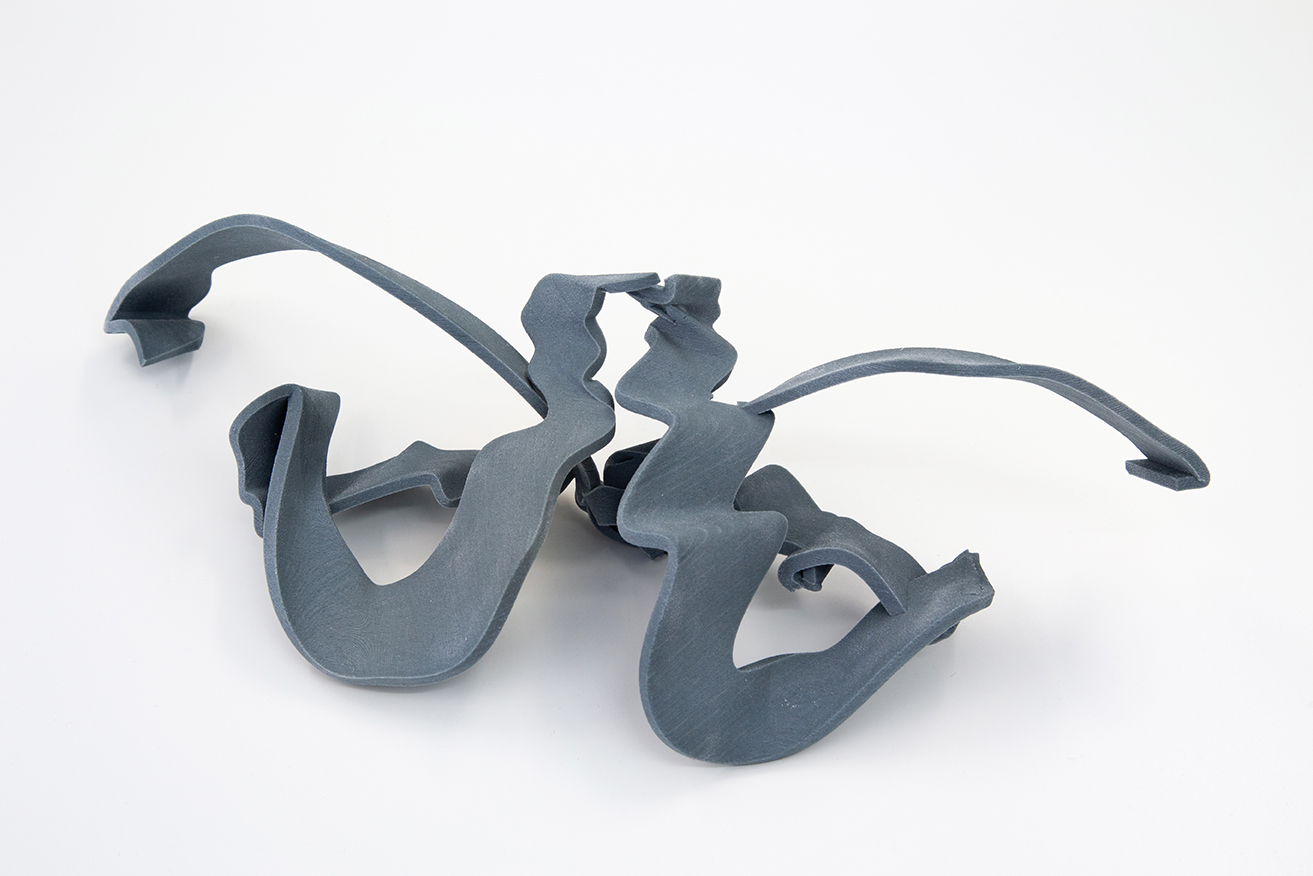
S: That’s a great question, and I love that about this platform. For me the gesture is about science, but there’s psychology, linguistics, technology, all of these other things. But I also think about how gestures are a part of communication and conversation, which are part of wellness. We thrive on human interaction and conversations with other people.
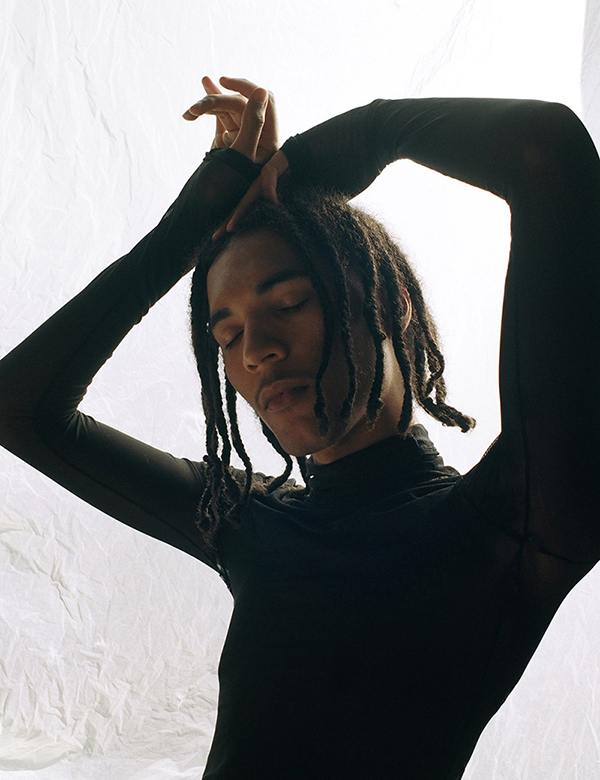
J Rah
jraheem.space
